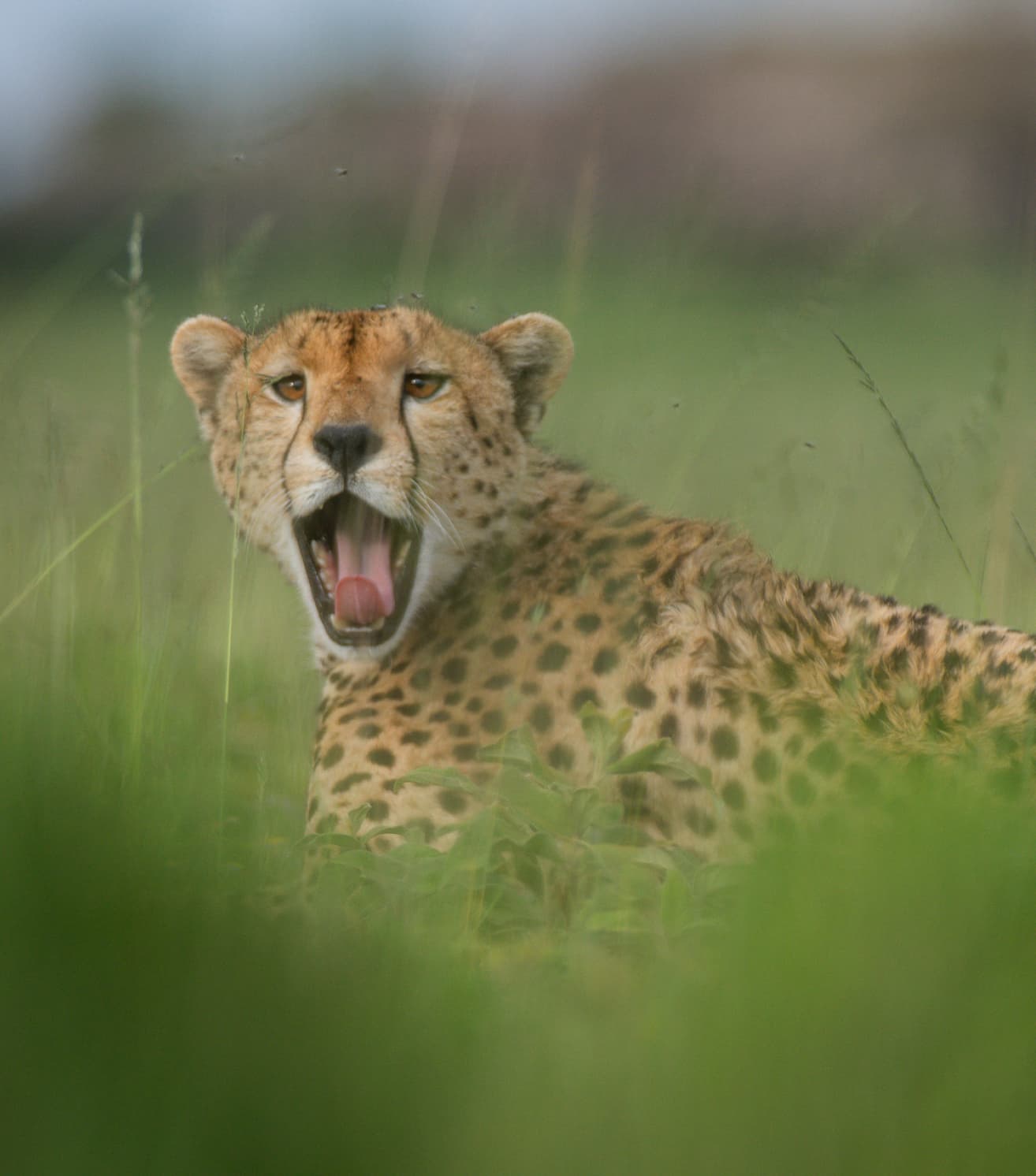

Lions Of The Serengeti
With power comes challenges
The Serengeti is home to one of the largest populations of Lions in the world. A symbol of power and strength, Lions play an essential role in the region’s ecosystem. The life cycle of Lions can be broken down into several stages, each with its unique challenges and behaviours.
Birth and infancy
Lions are born in litters of two to four cubs and are blind and helpless at birth. The mother will keep them hidden in a den for the first few weeks of their lives, nursing and keeping them warm. The cubs must stay hidden because they are vulnerable to predators like Hyenas and Leopards.
We often see our resident lionesses carrying their tiny cubs in their mouths, moving them from one den to another when they are very young. It is amazing to see how gentle and caring they are.
As the cubs grow, they become more curious and begin to explore their surroundings. They learn valuable skills from their mother, such as hunting techniques and interacting with other pride members. However, not all cubs survive into adulthood. Disease, malnutrition and predation are all factors that can contribute to high mortality rates among young Lions.

Adolescence
Around the age of two, young male Lions start leaving their natal pride in search of their own territory. These nomadic males can cover great distances, sometimes wandering hundreds of miles before settling in a suitable area. During this time, they are vulnerable to other predators and often have to scavenge for food.
Teams of young male Lions can form coalitions – often with their young male relatives and sometimes with Lions from different natal prides. Together, these coalitions work to bring down prey and to survive.

Adulthood
Once a male Lion has established his territory, he will attract females to his pride who will do most of the hunting and caring for the young, while the males provide protection from intruders. This is not to say males do not hunt; they do when the opportunity arises.
As in adolescence, male Lions are known to form coalitions in adulthood with other males to increase their chances of success in battles against rival males. Currently, in Olmara Camp, a coalition of seven males took over the resident pride, killing the resident males and establishing their new territory.

Super Pride
In rare cases, a pride can become a “super pride” with over 20 members. A dominant male and multiple females usually lead these prides, and they can be incredibly successful at hunting and fending off rivals.
We sometimes see a super pride taking down large prey such as Buffalos or Giraffes. It’s amazing how they work together to bring down such large prey. Super prides depend on abundant prey and can compete better with other smaller prides over resources.

Infanticide
One of the darker sides of Lion behaviour is infanticide, which occurs when a new male takes over a pride. In some cases, the new male will kill cubs that are not his own to bring the females into estrus to ensure that his own genes are passed on.
When the new male coalition took over the Kibumbu pride last year, they killed all the existing young cubs. Seeing the mother lionesses watching helplessly as their cubs were taken from them was heartbreaking.
Home ranges and feeding
Lions in the Serengeti have relatively large home ranges, with prides often covering up to 100 square kilometres. However, these home ranges are dynamic, and Lions move around in search of water and prey. Water availability is a crucial factor in their movement, particularly during the dry season. Lions often follow the seasonal rains in search of water, with some prides moving up to 20 km daily.
Food availability is another critical factor influencing Lions’ movements and home range size. The Serengeti is home to abundant prey species, including Wildebeest, Zebra and Gazelle.
However, these prey species undergo seasonal shifts in their distribution and abundance, which can affect Lions’ diets. For example, during the Wildebeest migration, Lions feed almost exclusively on this prey species. In contrast, when the migration is away, they become more opportunistic and hunt a wide variety of species, depending on what is available in their environment – sometimes hunting quite unusual animals. Lions were observed preying on crocodiles in the Serengeti, attacking them in the water, dragging them onto the shore and killing them.


Social bonds
Lions are the only species of cat which is social. Female Lions are highly social animals and often form strong bonds with other females in their pride. We see female Lion friendships where specific female lions, which might be sisters or cousins of similar age, are overjoyed when reunited. They can spend hours grooming each other, rubbing faces and cuddling.
The ultimate apex predator
While Lions are apex predators in their environment, there are documented cases of lions being preyed upon by other predators. Spotted Hyenas when in numbers can attack and kill single lions, and crocodiles are reported to attack Lions. However, such events are relatively rare and Lions remain apex predators in their ecosystem.



Meet a few of Olmara camp’s wild little friends








